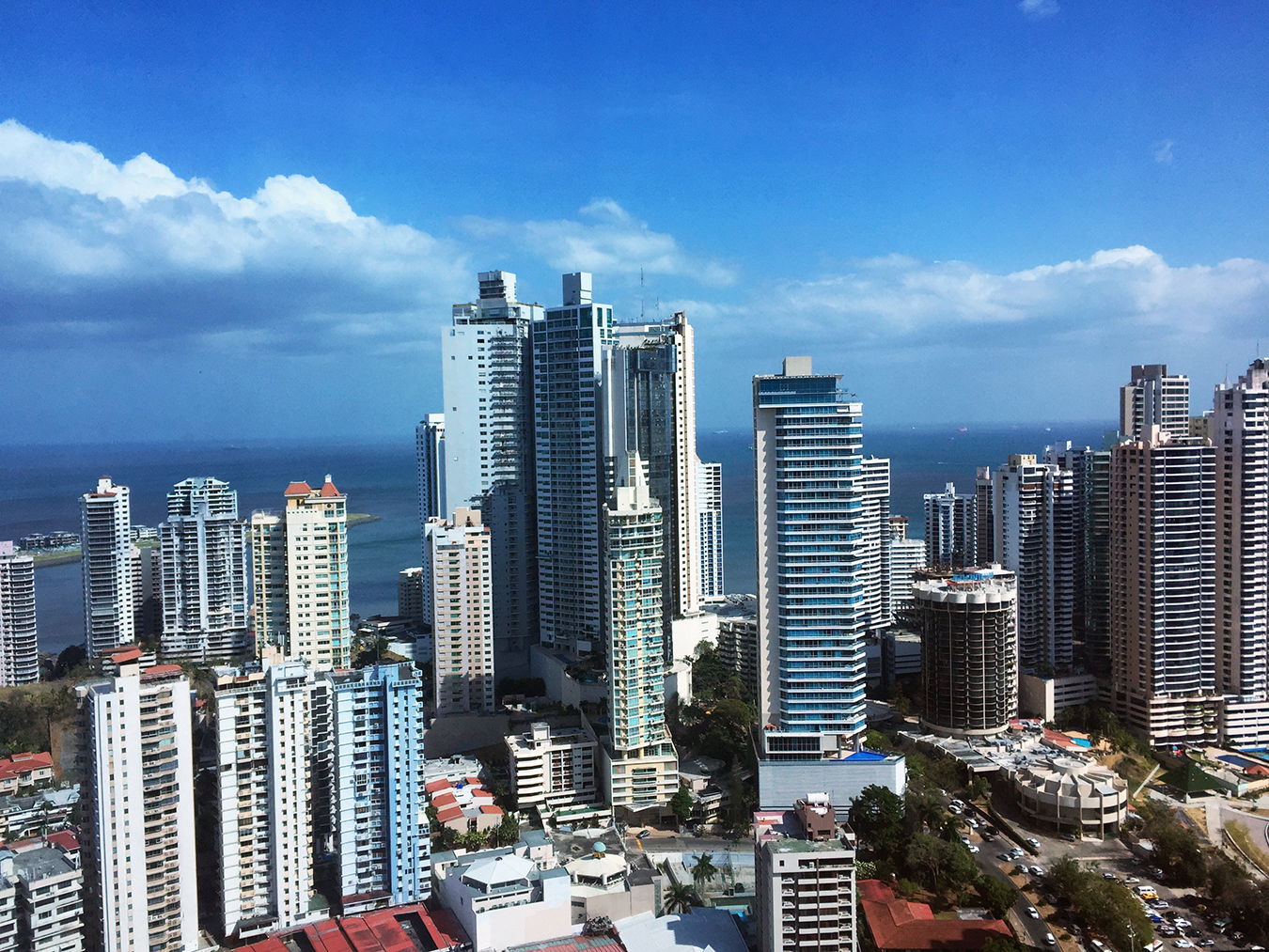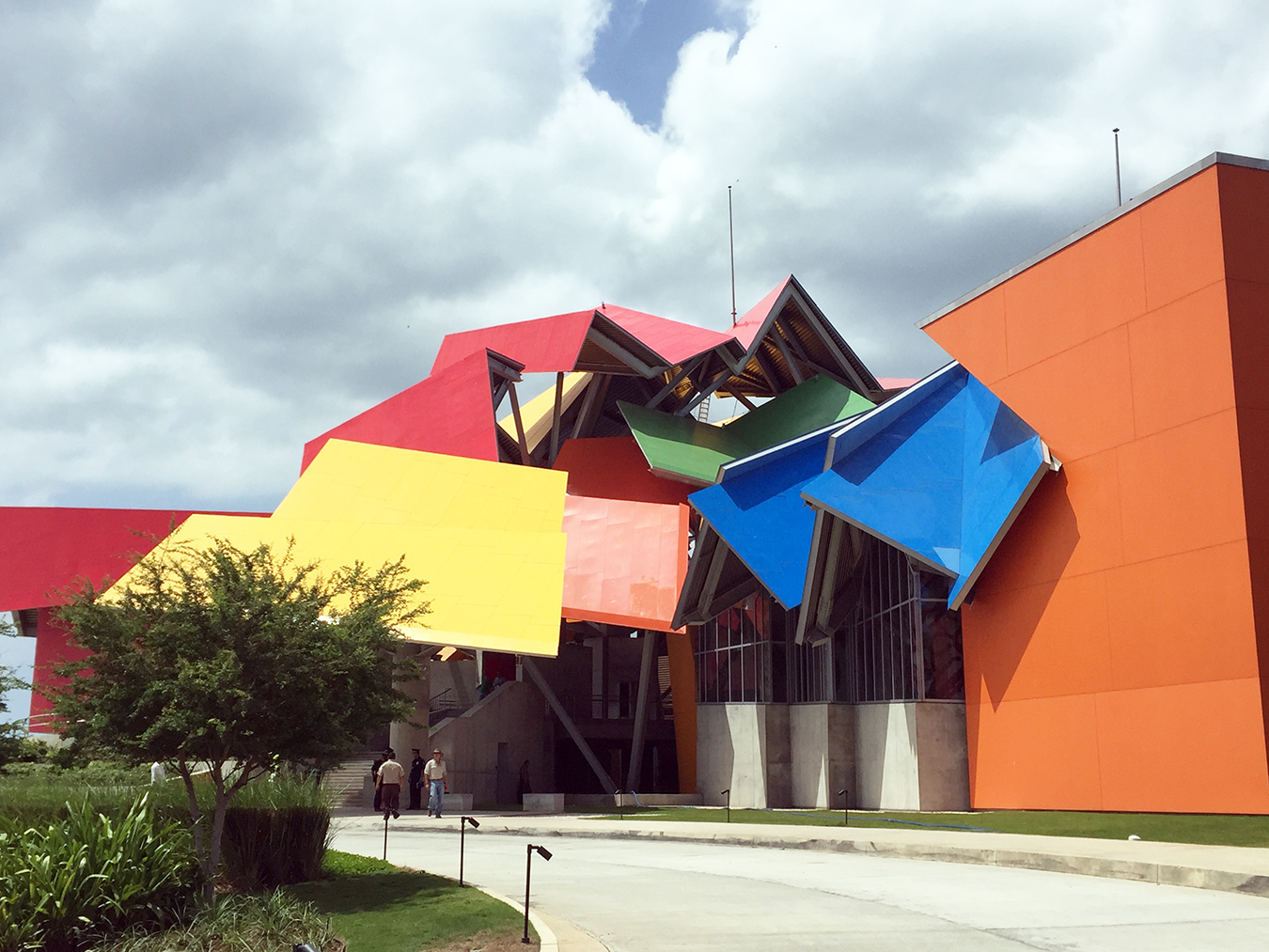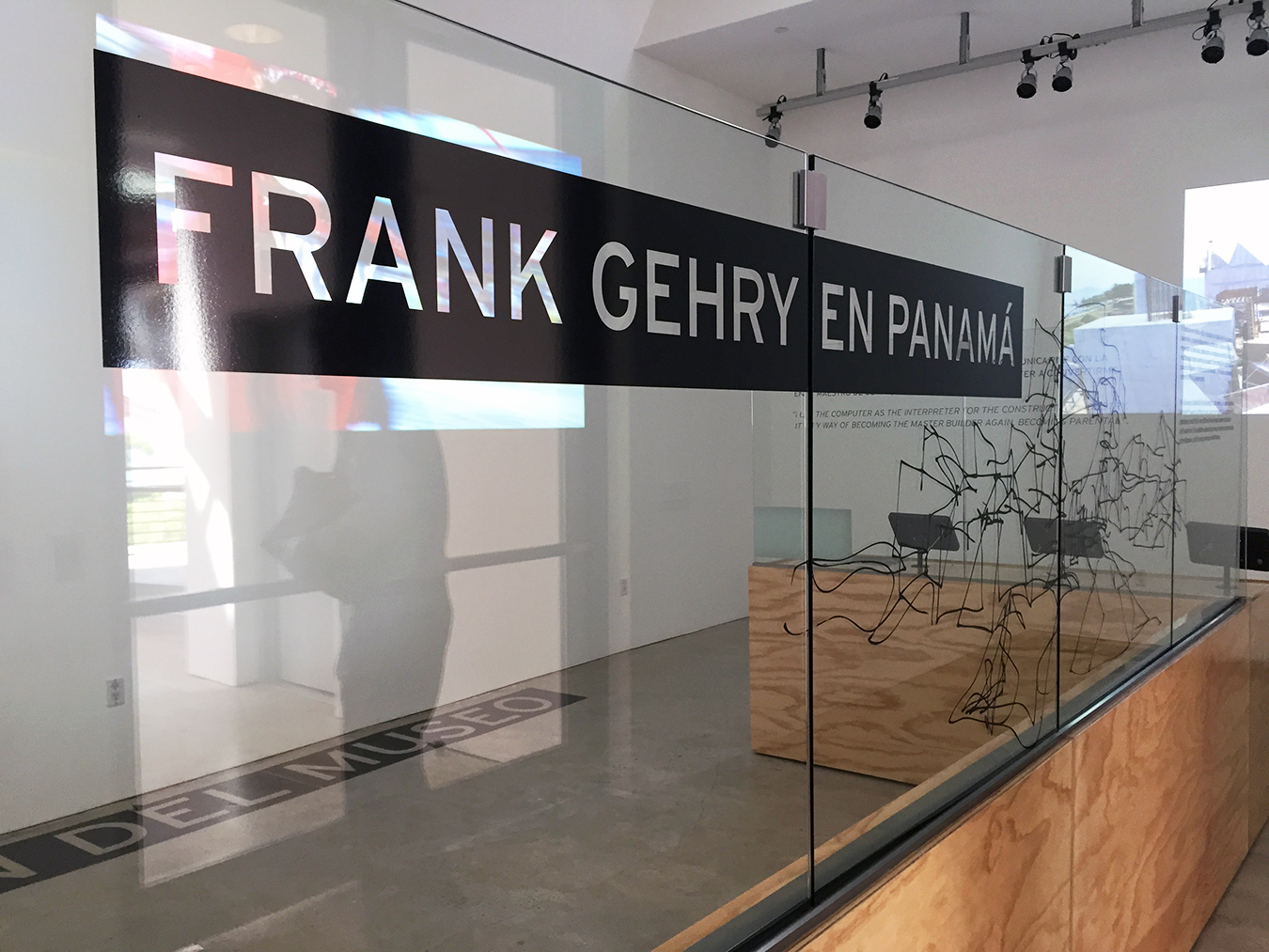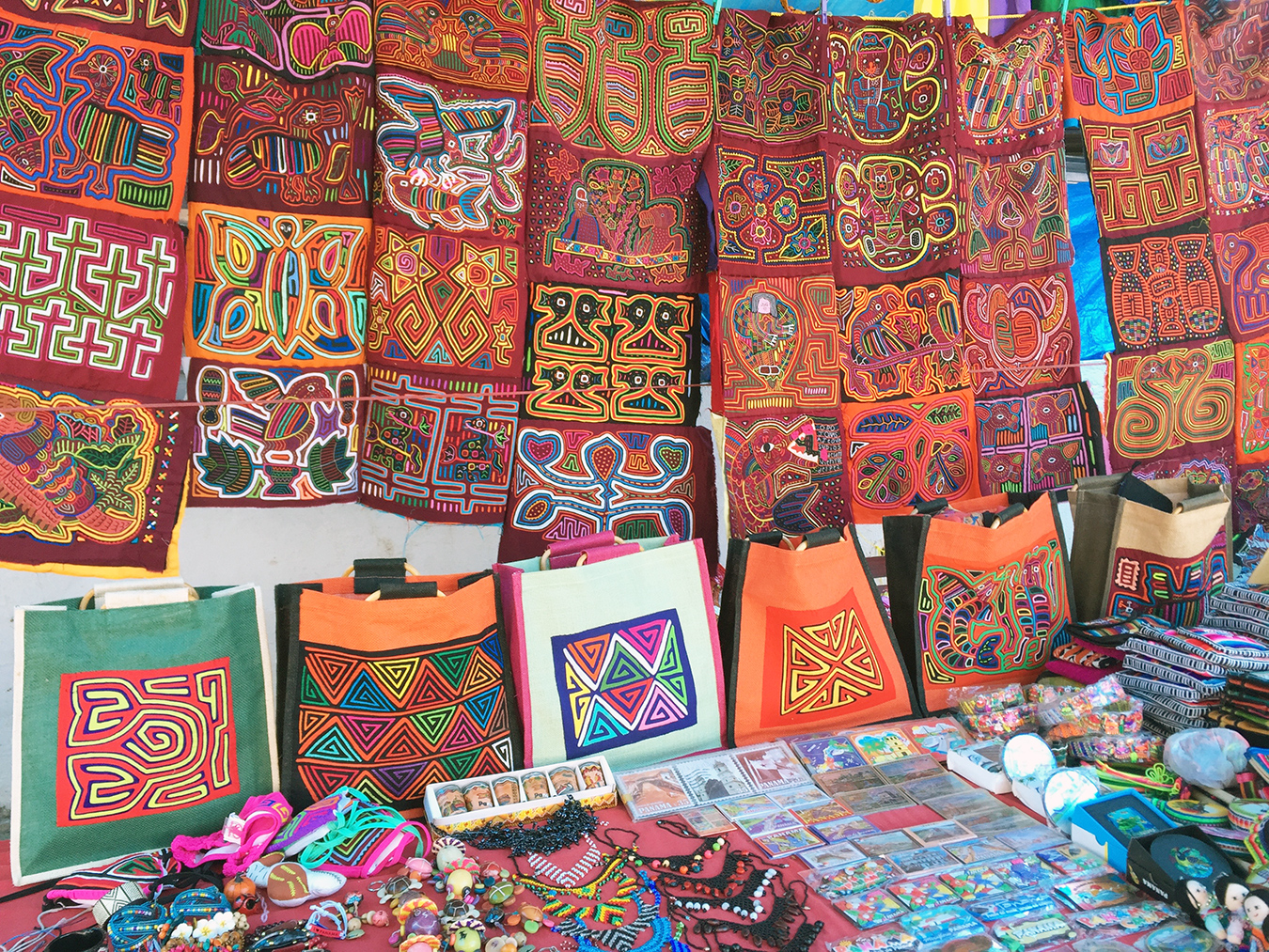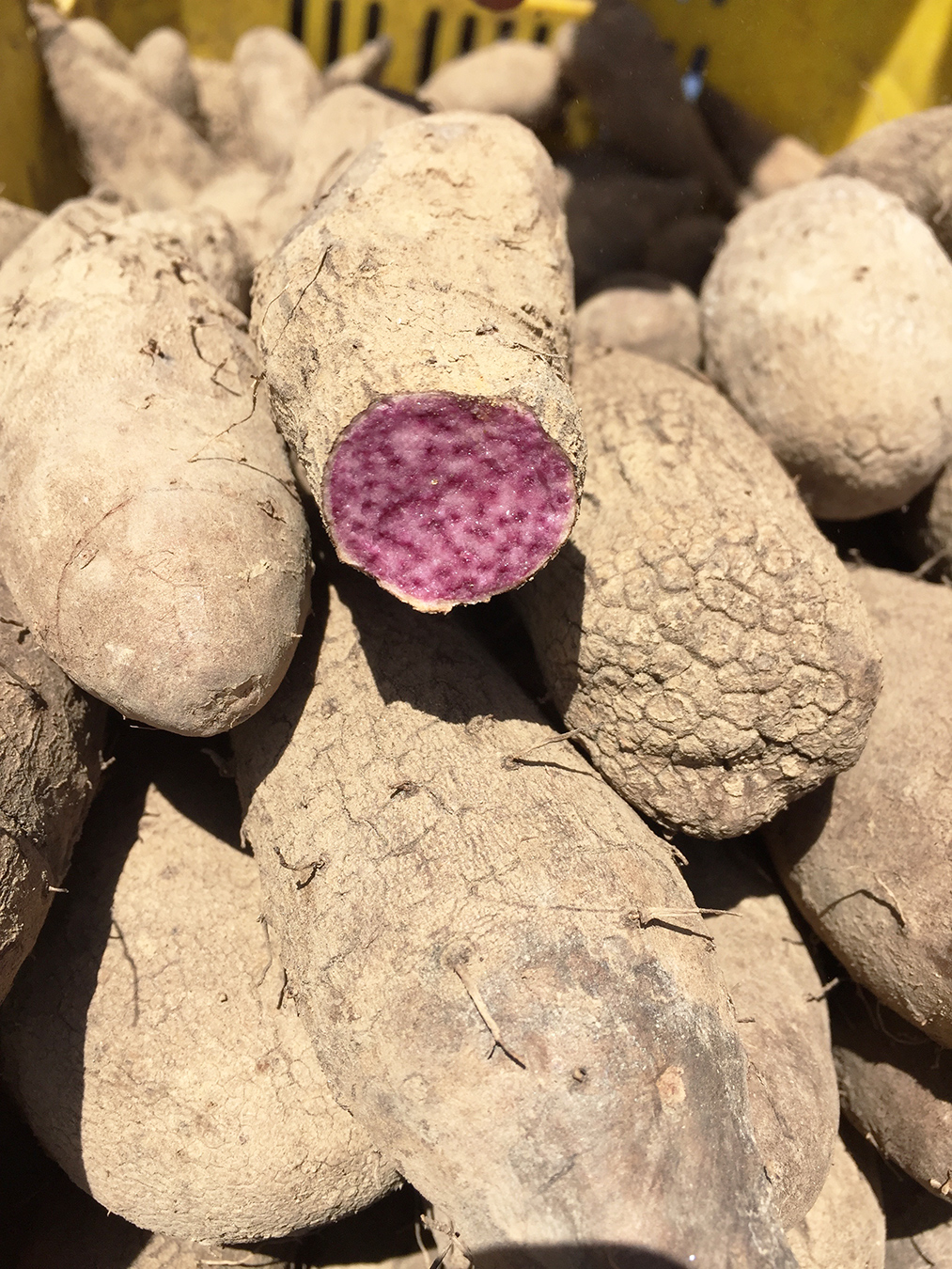A crowd had gathered, like clockwork, at the rear of the Miraflores Visitor Center, jostling for position on the observation decks to watch the lock gates open, the streaming rise of the waters and the passage of the vessels. The same technology that was implemented almost 100 years ago is still in place today at the Panama Canal, joining the Atlantic and Pacific oceans via a 77.1-kilometre channel. The sailors were standing on the deck of the small freighter, waving to the crowd. It was surprisingly heart-quickening, watching the ship’s ascent up and across the historic, working lock, all but unencumbered by modern technology.
Panama City’s pulse is racing so fast, the only ones coping with the rapid expansion skyward and rapid luxurification inward are a melting pot of internationals, attracted by and fuelling the booming economy. With Panama’s Colón Free Trade Zone (the largest free trade zone in the Western Hemisphere), the multi-billion dollar expansion of the Panama Canal, favourable business and property taxes, and the Balboa currency being dollarized (the USD is now the official currency), it’s easy to see why Panama is matching Brazil in economic growth. Hard Rock Hotels is one chain that has leapt at the chance to move the needle of the city. There are 1,500 rock and roll guestrooms, half a dozen restaurants and bars, a casino, and a shopping centre at the HRH Panama Megapolis. As one would expect, music memorabilia covers every inch of it; in the heart of a rhythmic city, it is the metronome, helping visitors keep pace with the boom—even at the RockSpa, where, during the Rhythm & Motion massage, rock music plays overhead while a masseuse kneads to the beat of the music.
It’s telling that the vast majority of skyscrapers inching taller are funded by immigrants temporary parking money or planning Panamanian conquests, not unlike the Spanish, Colombian, and Americans of years past. Most natives, in fact, are still trying to adjust to being Panamanian. Though the country was founded in 1519, most Panama natives count 1999 as their country’s birthday, because December 31 of that year was when the United States returned the Panama Canal and its country back to the people of Panama. It’s hard to form an identity when you’re 15-years-old.
Frank Gehry’s Biomuseo is one way to reintroduce and reinforce Panama to Panamanians. The cubist, colourful Museum of Biodiversity was designed to showcase Panama as the bridge of life, an isthmus that emerged three million years ago to unite North and South America and forever changing the world’s climate and biology. The bold, expansive project was envisioned to be a source of pride for locals and a massive cultural attraction to tourists. The design was presented to Panama as a gift from Gehry, whose wife is Panamanian. Biomuseo opened in 2014, partially-completed, with hopes that revenue from the few galleries that are currently open would help fund the future expansion and towers, overseen by the Smithsonian Institute. Though locals seem a tad wary of the project thus far and Panamanian traffic has been lower than expected, the museum offers heavily discounted admission to nationals, in the hopes of sparking discussion and pride.
The subject of national food has also been a topic of conversation as of late, as there is a lack of identity when it comes to Panama cuisine. Many people were more eager to show off their import rums, flown-in salmon, California cabernet, and Italian risotto—signs of a rising middle classes and new wealth. However, there is a very small, but fiercely proud group of chefs raising the tide for utilizing and, more importantly, preserving indigenous culinary traditions. A spin through the entirely off-the-grid Mercado de Abasto wholesale produce market revealed colourful, gnarly tubers and root vegetables, alongside fragrant fruits. Otoe, yuca, ñampi, naranjilla, tomate de arbol, saril, nanche, pixbae, and marañon are regular fixtures in the kitchens of chefs such as Andrés Morataya at Manolo Caracol. The young cook and farmer is the new torch bearer of Panamanian cuisine, and is part owner of five organic farms across Panama. He harvests ingredients from nearly 2,000 acres and a vast array of climates and landscapes. These rural and traditional flavours are transmitted through a modern, innovative, small-plates fusion of Japanese, Spanish, Northern European, and Caribbean flavours.
“We don’t have a traditional cuisine of Panama, so we’re inventing it,” enthuses Morataya, as he shows off the cacao he harvested by hand and will turn into a dessert. “We work with the Smithsonian, and lots of grandmothers. We adventure and prospect and have the flexibility to experiment. It’s very exciting— the freedom, and also the responsibility to the future.”
Photos by Treve Ring.

